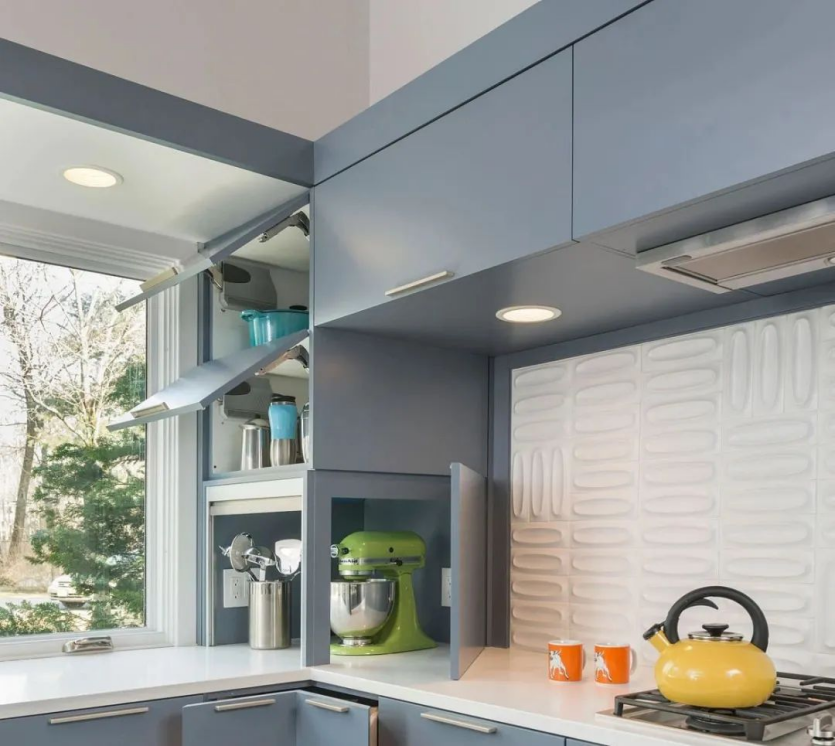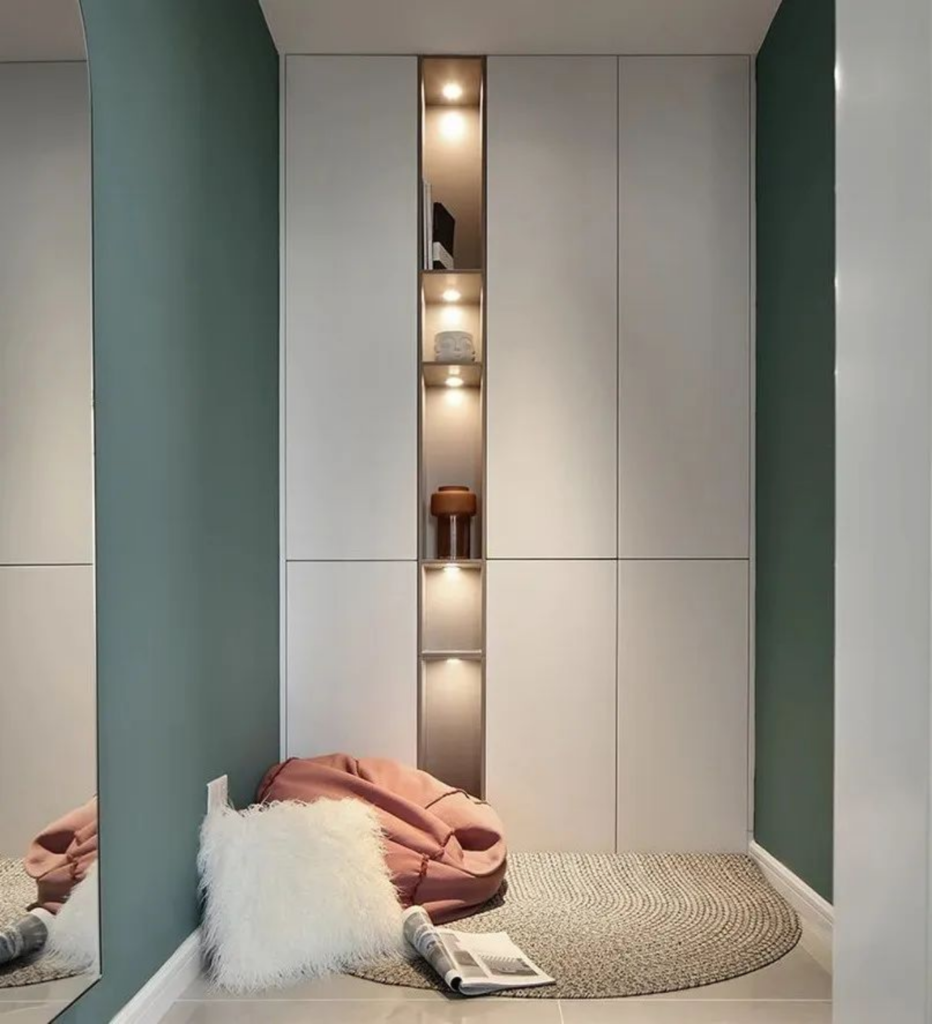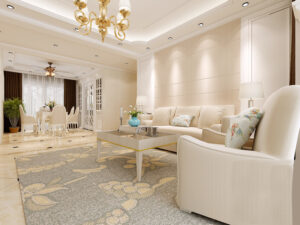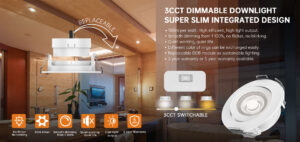The Kitchen: The Heart of the Home
Often referred to as the heart of the home, the kitchen is much more than just a place for cooking; it serves as a multifunctional space where families gather for meals, friends come together for socializing, and memories are created. The atmosphere of this vital area can be significantly influenced by lighting, which plays a crucial role in enhancing both its functionality and visual appeal. In this guide, we will explore the latest trends and practical advice for achieving optimal kitchen lighting in 2025, ensuring that your kitchen is not only bright and inviting but also tailored to your lifestyle.
What is Kitchen Lighting
Kitchen lighting encompasses all forms of illumination utilized in this essential space, which can be categorized into three primary types: ambient, task, and accent lighting. Each type serves a unique purpose and contributes to the overall functionality and aesthetics of the kitchen.
Ambient Lighting
Ambient lighting provides general illumination throughout the kitchen, ensuring that the space is well-lit for everyday activities. This type of lighting is often achieved through ceiling fixtures such as chandeliers, recessed lights, or flush mounts. The goal is to create an even distribution of light that eliminates dark corners and enhances safety. In contemporary kitchens, layered ambient lighting can be achieved by combining different fixtures to create a warm and welcoming environment.
Task Lighting
Task lighting focuses on specific areas where detailed work is performed, such as food preparation zones, cooking surfaces, and cleaning areas. This type of lighting is essential for ensuring visibility during tasks that require precision. Common examples include under-cabinet lights that illuminate countertops or pendant lights positioned above an island or dining table. By providing concentrated light exactly where it’s needed, task lighting helps reduce the risk of accidents and makes cooking more enjoyable.
Accent Lighting
Accent lighting adds a decorative touch to the kitchen by highlighting specific features or architectural details. This type of lighting can draw attention to beautiful backsplashes, artwork, or unique design elements within the space. For instance, LED strip lights can be used to outline shelves or highlight decorative items, while spotlights can focus on artwork or architectural features. Accent lighting not only enhances the overall ambiance but also adds character and personality to the kitchen.
How Kitchen Lighting Functions
The effectiveness of kitchen lighting relies on a harmonious combination of different light sources and fixtures designed for various functions. Understanding how these elements work together is key to creating a balanced environment:
Ambient Lighting: As the primary source of light in the kitchen, ambient lighting sets the overall tone for the space. It should be bright enough to illuminate all areas without causing harsh shadows or glare.
Task Lighting: Positioned strategically in areas where detailed work occurs—such as under cabinets or above cooking surfaces—task lighting ensures that you have adequate visibility for activities like chopping vegetables or measuring ingredients.
Accent Lighting: This type serves to enhance visual interest by spotlighting specific areas or features within the kitchen. By using accent lights creatively, you can add depth and dimension to your space.
In addition to these three types of lighting, factors such as light intensity (measured in lumens) and color temperature (measured in Kelvins) play a significant role in how warm or cool the light appears. A well-thought-out combination can create an inviting atmosphere that complements your kitchen’s design.
Advantages of Effective Kitchen Lighting
Implementing effective kitchen lighting comes with numerous benefits that go beyond mere aesthetics:
Improved Visibility
Properly lit surfaces reduce shadows and glare, enhancing safety during food preparation. This is particularly important when using sharp knives or hot appliances. Good visibility allows you to work efficiently and confidently in your kitchen.
Enhanced Aesthetics
Thoughtfully designed lighting can dramatically transform a kitchen’s atmosphere. A well-lit kitchen becomes an inviting space for family gatherings and entertaining guests. By choosing fixtures that align with your personal style—whether modern, rustic, or traditional—you can create a cohesive look that reflects your taste.
Increased Property Value
Well-executed kitchen lighting can make a property more attractive to potential buyers. A beautifully lit kitchen stands out during showings and serves as a significant selling point. Investing in quality lighting fixtures can enhance your home’s overall appeal and potentially lead to a higher resale value.
Energy Efficiency
Modern LED options consume significantly less energy than traditional incandescent bulbs while providing superior illumination and longer lifespans. By opting for energy-efficient solutions, you not only save on electricity bills but also contribute to environmental sustainability.
Applications of Kitchen Lighting
Kitchen lighting can be effectively utilized in various scenarios to maximize its advantages:
Task Performance
Under-cabinet lights improve visibility while preparing meals by illuminating countertops without creating harsh shadows. This ensures that you have clear sightlines when chopping vegetables or reading recipes.
Social Gatherings
Dimmable downlights create a cozy atmosphere for dinner parties or family gatherings. Being able to adjust brightness levels allows you to set the mood according to different activities—whether it’s an intimate dinner or a lively celebration.
Highlighting Features
Accent lights can showcase beautiful backsplashes or artwork, adding character to the space. By strategically placing these lights, you can draw attention to design elements that reflect your personality and style.
Customization for Different Activities
By strategically placing various types of lighting throughout the kitchen, homeowners can create a dynamic environment that adapts to different activities and moods. For example, bright task lighting may be ideal during meal prep while softer ambient light may be preferred during casual family dinners.
Kitchen Lighting Options: What Works Best?
Downlights
Also referred to as recessed lights or spot lights, downlights provide a modern and subtle approach to kitchen illumination. Here are some key benefits of incorporating them into your kitchen design:
Space-Saving Design: Installed directly into the ceiling, downlights help maximize wall and counter space. This feature is particularly advantageous in compact kitchens where every square inch is valuable.
Versatile Lighting: Downlights serve multiple functions, offering task lighting for countertops, ambient lighting for general brightness, and accent lighting to showcase architectural details or decorative pieces.
Energy Efficiency: Many contemporary downlights utilize LED technology, which not only consumes less energy but also boasts a longer lifespan than traditional incandescent bulbs, supporting the shift toward more sustainable living practices.
Track Lighting
When exploring track lighting options for your kitchen, consider the following aspects:
Size and Layout: Accurately measure your kitchen area to determine the ideal length and arrangement of the track system. This ensures effective light distribution without overwhelming the space.
Style Compatibility: Select fixtures that harmonize with your kitchen’s overall aesthetic—whether it leans toward a modern farmhouse vibe or a sleek contemporary look.
Dimming Options: Incorporating dimmer switches allows you to adjust light levels according to the time of day or specific occasions, enhancing both functionality and ambiance.
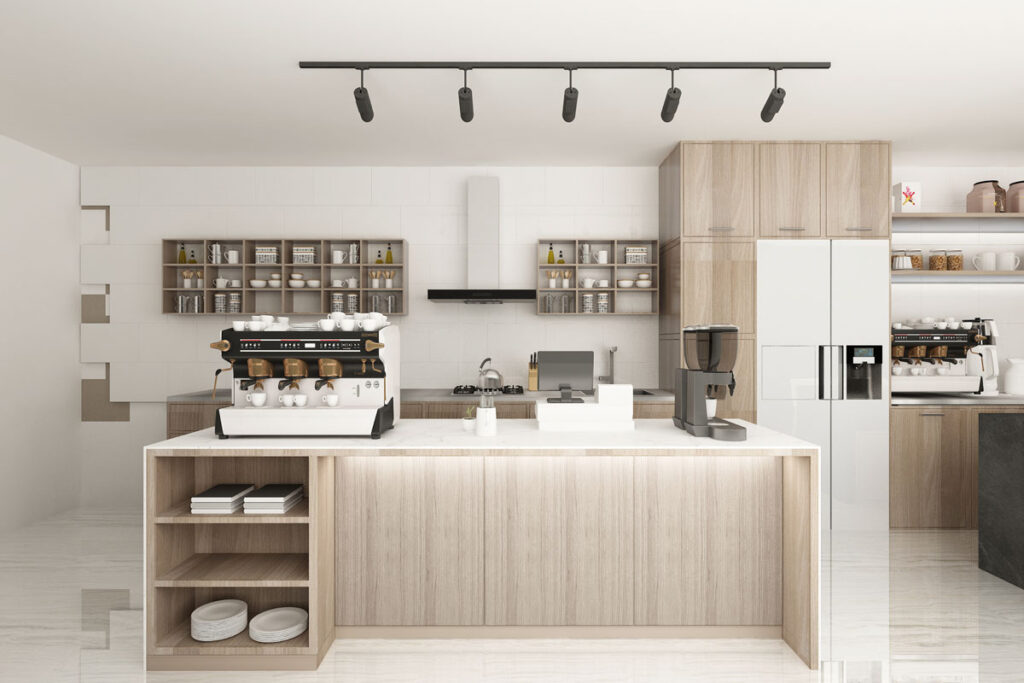
Radians Kitchen Light Overview
Radians is a reputable manufacturer specializing in high-quality indoor lighting solutions. Their extensive product range includes various types of lighting fixtures such as downlights, panel lights, track lights, and wall lights. Among these offerings, Radians has developed a dedicated series of cabinet lights specifically designed for kitchen work areas, cabinets, and other compact spaces where effective lighting is essential.
Introducing the Ultra-Thin Cabinet Downlight
One of the standout products in Radians’ lineup is the ultra-thin cabinet downlight. This innovative fixture is designed with both functionality and aesthetics in mind, making it an excellent choice for modern kitchens and small areas that require efficient lighting without compromising on style. Here are some of the key features that make this product exceptional:
- Slim Design: With an installation depth of only 12mm, this downlight can fit seamlessly into tight spaces, ensuring that it doesn’t protrude or disrupt the overall design of your cabinetry.
- User-Friendly Installation: The downlight comes equipped with Plug & Play connectors, allowing for quick and hassle-free installation. This means you can set it up without needing extensive electrical knowledge or professional help.
- Dimmable Options: Customers can choose between dimmable and non-dimmable versions of the downlight, providing flexibility in creating the desired ambiance in your kitchen or workspace.
- Energy-Efficient LEDs: The downlight utilizes 3W LEDs with a DC input, ensuring bright illumination while maintaining energy efficiency. This not only helps reduce electricity costs but also contributes to a more sustainable environment.
- Compact Size: Measuring 70mm in diameter and requiring a cutout of just 55mm, this downlight is perfect for integrating into various cabinetry designs without taking up excessive space.
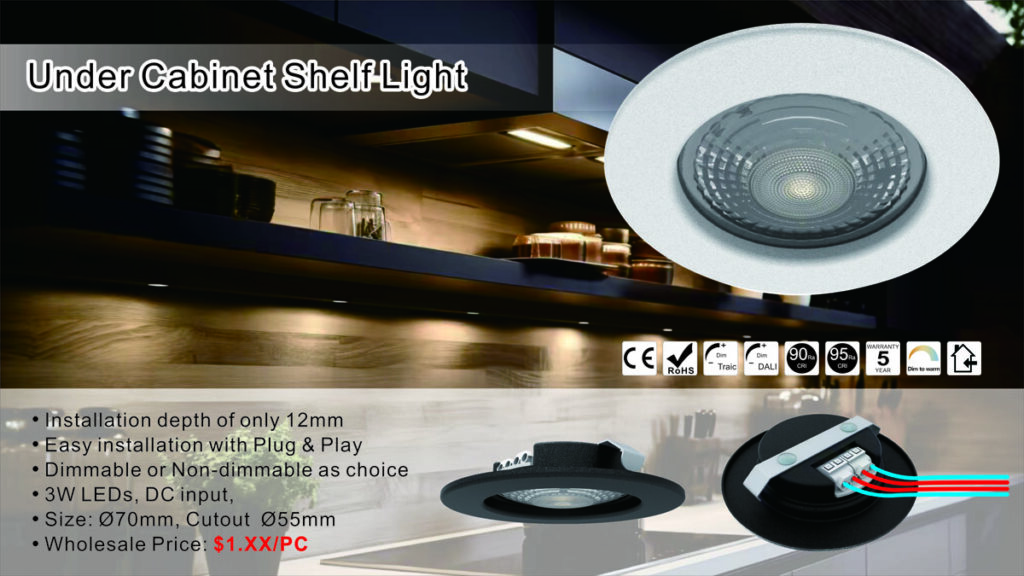
Additional Offerings
In addition to the ultra-thin cabinet downlight, Radians also offers a mini series of recessed downlights. These fixtures are particularly well-suited for illuminating kitchen cabinets, providing discreet yet effective lighting solutions that enhance visibility while maintaining a clean aesthetic.
Customer Support
If you’re interested in learning more about Radians’ products or need assistance selecting the right lighting solution for your needs, our customer service team is readily available to provide guidance and support. Whether you have questions about installation, product specifications, or recommendations tailored to your specific space, Radians is committed to helping you achieve the perfect lighting setup.
In a word, Radians continues to innovate within the indoor lighting industry by offering versatile and stylish solutions like their ultra-thin cabinet downlight and mini recessed downlights. With their focus on quality and customer satisfaction, you can trust Radians to illuminate your spaces beautifully and efficiently.
Conclusion
Understanding kitchen lighting is essential for creating a space that is not only functional but also aesthetically pleasing. By incorporating ambient, task, and accent lighting effectively, you can transform your kitchen into a welcoming environment that enhances your cooking experience. Explore various options available in the market—from stylish fixtures to energy-efficient bulbs—to find what best suits your needs and complements your home’s design.
FAQs
How can I improve visibility while cooking?
Use under-cabinet lights or focused task lights over work surfaces to reduce shadows and enhance visibility during food preparation.
What is the best type of bulb for kitchen lighting?
LED bulbs are recommended due to their energy efficiency, long lifespan, and ability to produce high-quality light suitable for various tasks.
Can I use dimmers for my kitchen lights?
Yes! Dimmers allow you to adjust brightness levels according to different activities or moods—ideal for transitioning from bright task-oriented light during cooking to softer light during social gatherings.
How do I choose the right fixtures for my kitchen?
Consider your kitchen’s style and layout when selecting fixtures. Aim for a mix of ambient, task, and accent options that complement each other while providing adequate illumination throughout the space. Don’t forget about energy efficiency; LED options are often both stylish and sustainablres

